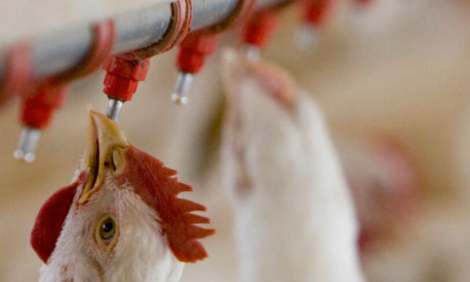



Celebrating Dolly the Sheep’s legacy, 25 years on
25 years after Dolly the Sheep was born, scientists reflect on the impact of gene cloning and discoveries made from using stem cells and gene editing.Scientific breakthrough
Dolly was created by replacing the nucleus in an egg cell from a Scottish Blackface sheep with the nucleus of an adult udder cell from a white-faced Finn Dorset sheep. She was born to a surrogate Blackface ewe.
It was the first time that an adult cell had been used to create a cloned animal.
The research that led to Dolly has supported new understandings of stem cells – early stage cells that can develop to form various tissues. Scientists are researching how to control their development, and how mature cells may revert to behave once more as undeveloped cells.
Insights from Dolly have also enabled advances in gene modification and gene editing – making beneficial changes to the DNA of an organism, such as a plant or animal.
Technical advance
The researchers who produced Dolly were working on cloning as a method of producing genetically modified livestock for research.
The advance, carried out by a team from Roslin and PPL Therapeutics, was technically difficult. Dolly was the result of many months of research involving a highly skilled team.
Cloning has since been superseded by other technologies and is no longer carried out at the Roslin Institute.








